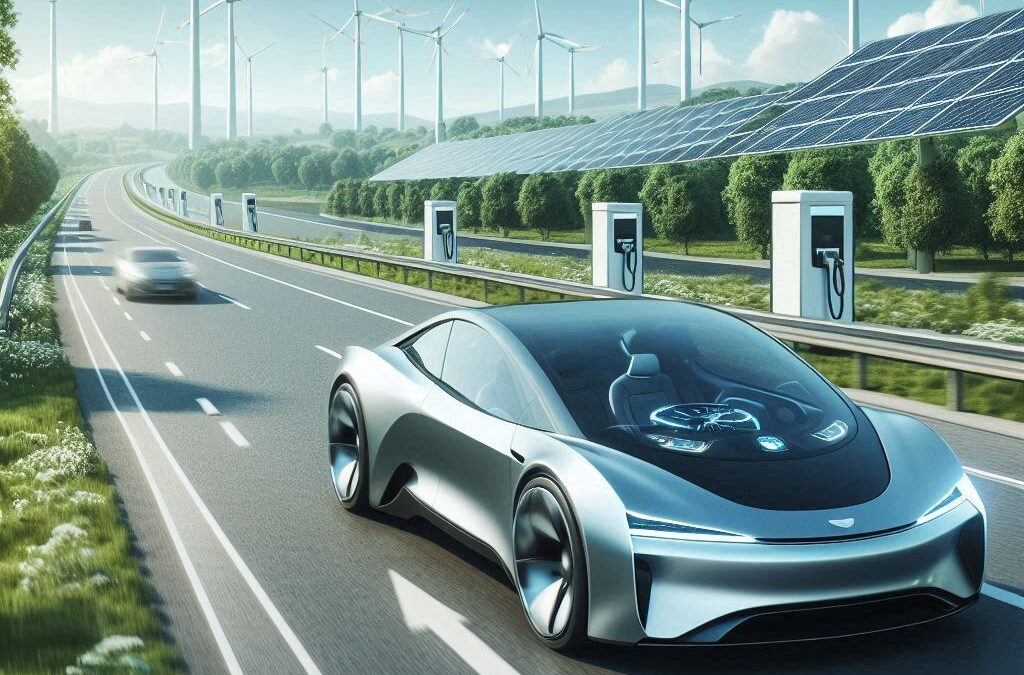Recent Breakthroughs
Significant progress has been made in developing iron-based cathode materials for lithium-ion batteries. These materials can potentially revolutionize the electric vehicle (EV) industry by offering lower costs, improved safety, and a reduced environmental impact.
- Oregon State University Research: A recent breakthrough involved using a blend of fluorine and phosphate anions to increase the reactivity of iron in the cathode. This innovation resulted in a battery with higher energy density, lower cost, and improved sustainability compared to traditional lithium-ion batteries.
- McGill University and Korea Advanced Institute of Science and Technology Collaboration: Another study focused on developing iron-based disordered rock-salt-type (DRX) cathodes. This research achieved high storage capacity, potentially reducing battery costs by 20%.
Key Advantages of Iron-Based Cathodes
- Lower Cost: Iron is significantly more abundant and cheaper than cobalt and nickel, which are commonly used in lithium-ion batteries.
- Improved Safety: Iron-based cathodes are generally considered safer due to their lower reactivity.
- Greater Sustainability: Reducing reliance on cobalt and nickel can help mitigate supply chain issues and environmental concerns associated with their mining and processing.
Challenges and Future Outlook
While the potential of iron-based cathodes is promising, challenges remain, such as improving energy density to match current lithium-ion battery standards. However, ongoing research and development efforts are focused on addressing these issues.
Overall, the advancements in iron-based cathode technology represent a significant step towards more affordable, sustainable, and safer electric vehicles.
Iron-Based Batteries: Companies and Market Impact
Companies at the Forefront
While the technology is still in its early stages, several companies and research institutions are actively involved in developing iron-based cathode materials:
- Academic Institutions: As mentioned earlier, Oregon State University and McGill University are leading research efforts in this area.
- Battery Manufacturers: While major battery manufacturers like CATL, LG Chem, and Panasonic primarily focus on nickel-based batteries, they are likely keeping a close eye on iron-based developments.
- Startups: Smaller, more agile companies often focus on disruptive technologies. Startups might specifically target iron-based battery materials, but specific names would require more in-depth research.
Potential Market Impact
The successful commercialization of iron-based batteries could significantly disrupt the EV market:
- Lower Battery Costs: Reduced material costs could lead to more affordable EVs, making them accessible to a wider range of consumers.
- Increased EV Adoption: Lower prices and improved safety could accelerate the transition to electric vehicles.
- Supply Chain Diversification: Less reliance on cobalt and nickel would mitigate supply chain risks and reduce geopolitical dependencies.
- Environmental Benefits: Decreased mining and processing of cobalt and nickel would positively impact the environment.
It’s important to note that while the potential benefits are substantial, it will take time for iron-based batteries to reach the same performance levels as current lithium-ion batteries. However, the ongoing research and development efforts suggest a promising future for this technology.





